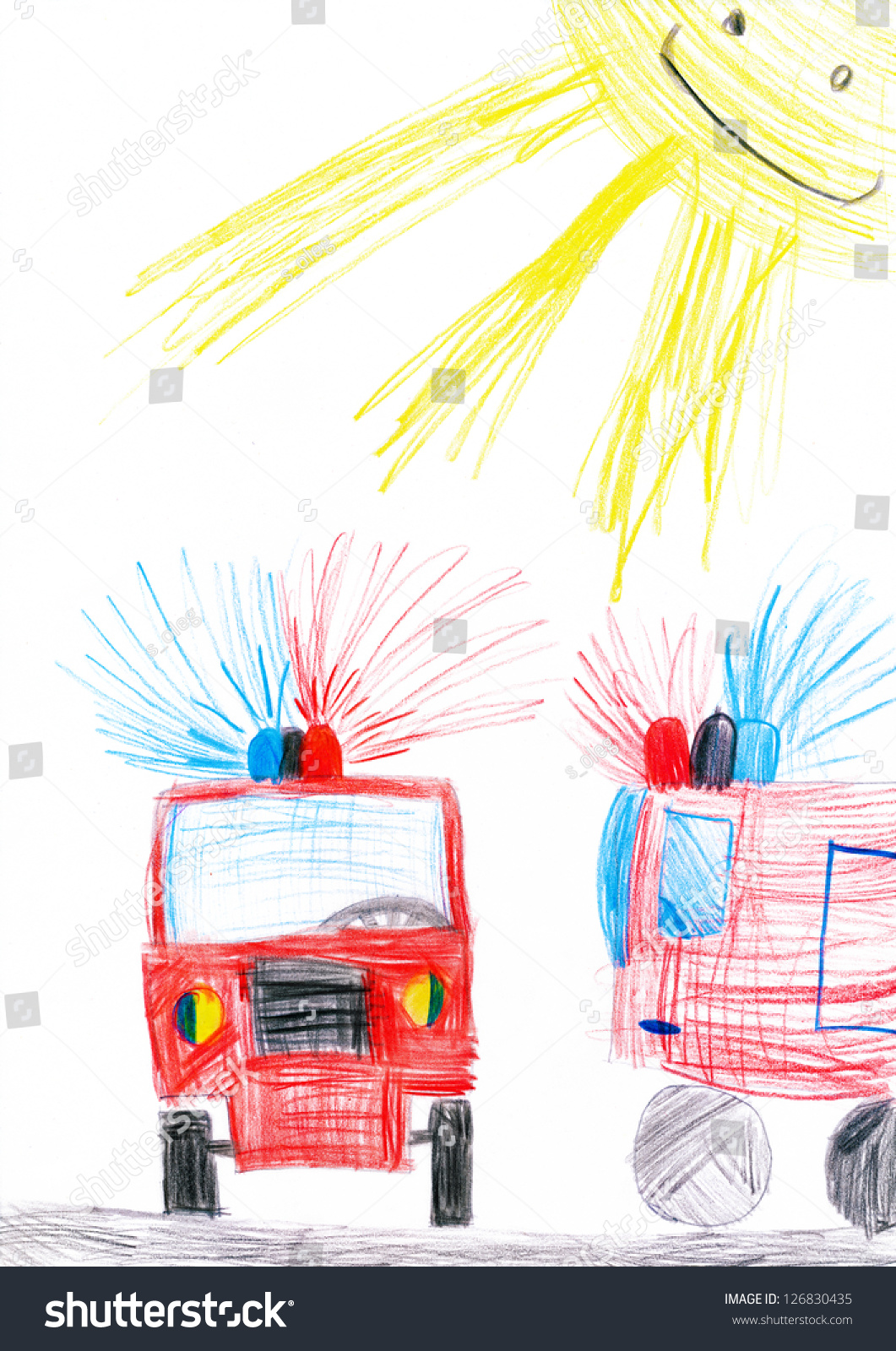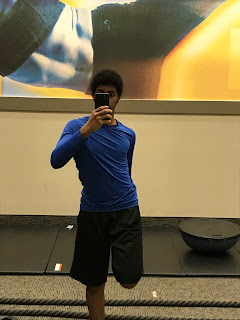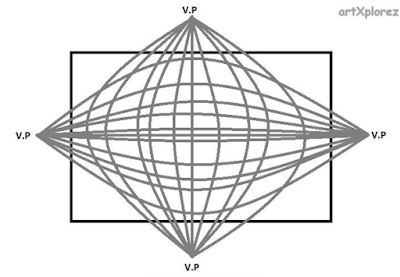The next section of my IRP Q2 book focuses on two things. It focuses on colors in order to help with description (which were fairly basic), and also common places around town. These signs are more complicated than those previous, and required more practice to get them all down. The text gave some helpful tips, "As you expand your vocabulary, remembering words or phrases can become quite difficult. Try to remember signs by how they relate to what they are or by a part of the sign that relates to another sign. For instance, a tip to remembering colors is by remembering the first letter of that color, as many colors have signs based off of the first letter", (Brown 35). This tip was very helpful to memorization, and helped me remember signs such as "gas station", which I remember with ease as it is spoken by performing an action similar to pouring gas. Brown also provides long, often whole-page sized step-by-step pictures that help work through longer and more complex signs for words that, in English, are simple. This includes the picture guide for the difficult sign, "convenience store", (Brown 37). This particular set of images was of great help to my learning, and made the previously very tough sign seem much simpler.
- I show the colors of the rainbow, pink through purple, and then show white, gray, and then black.
- I show the signs for common town places, in order:
- Bank, clinic, convenience store, gas station, fire station, grocery store, hospital, hotel, mall.
When it comes to being in a foreign place, whether it be across country borders or simply in a social interaction with a deaf person, how far should one's knowledge of the foreign language have to extend? Should you have just enough to communicate in an emergency, or should you be able to undergo basic conversation with a native speaker?
Brown, Christopher. The Art of Sign Language: Phrases. Vol. 2, Thunder Bay Press, 2003.
By Noah Crissey

















 Taken from http://image.shutterstock.com/z/stock-photo-fire-truck-child-s-drawing-126830435.jpg
Taken from http://image.shutterstock.com/z/stock-photo-fire-truck-child-s-drawing-126830435.jpg 






























